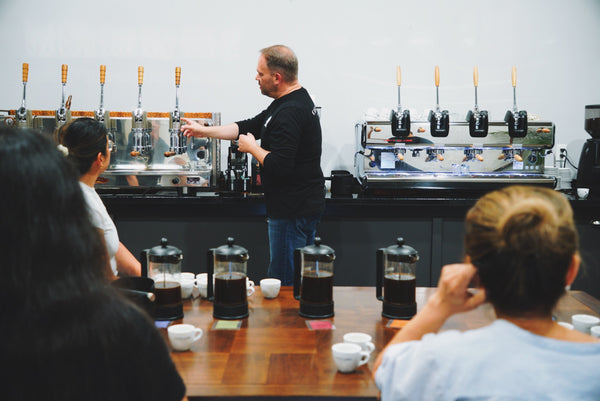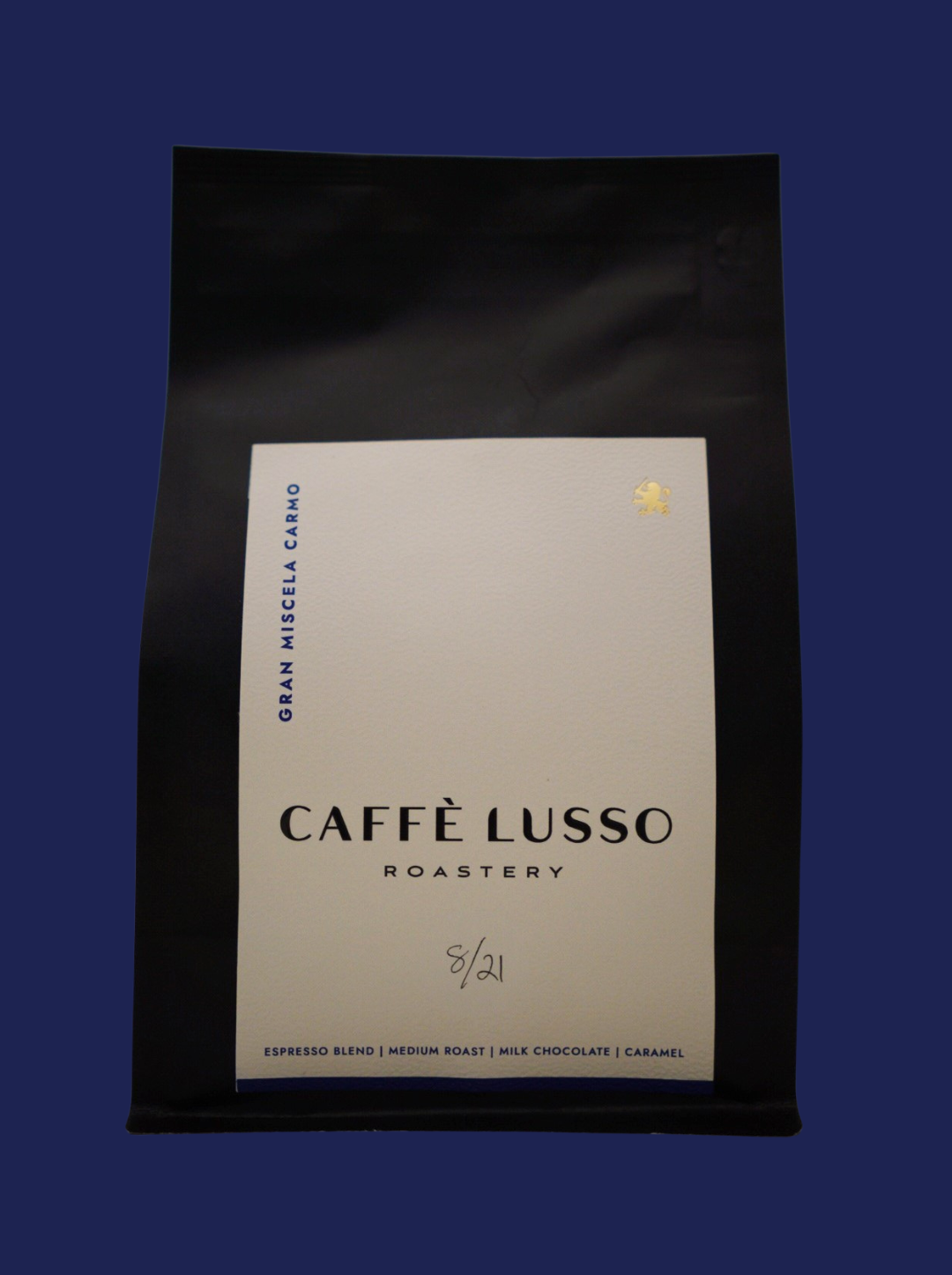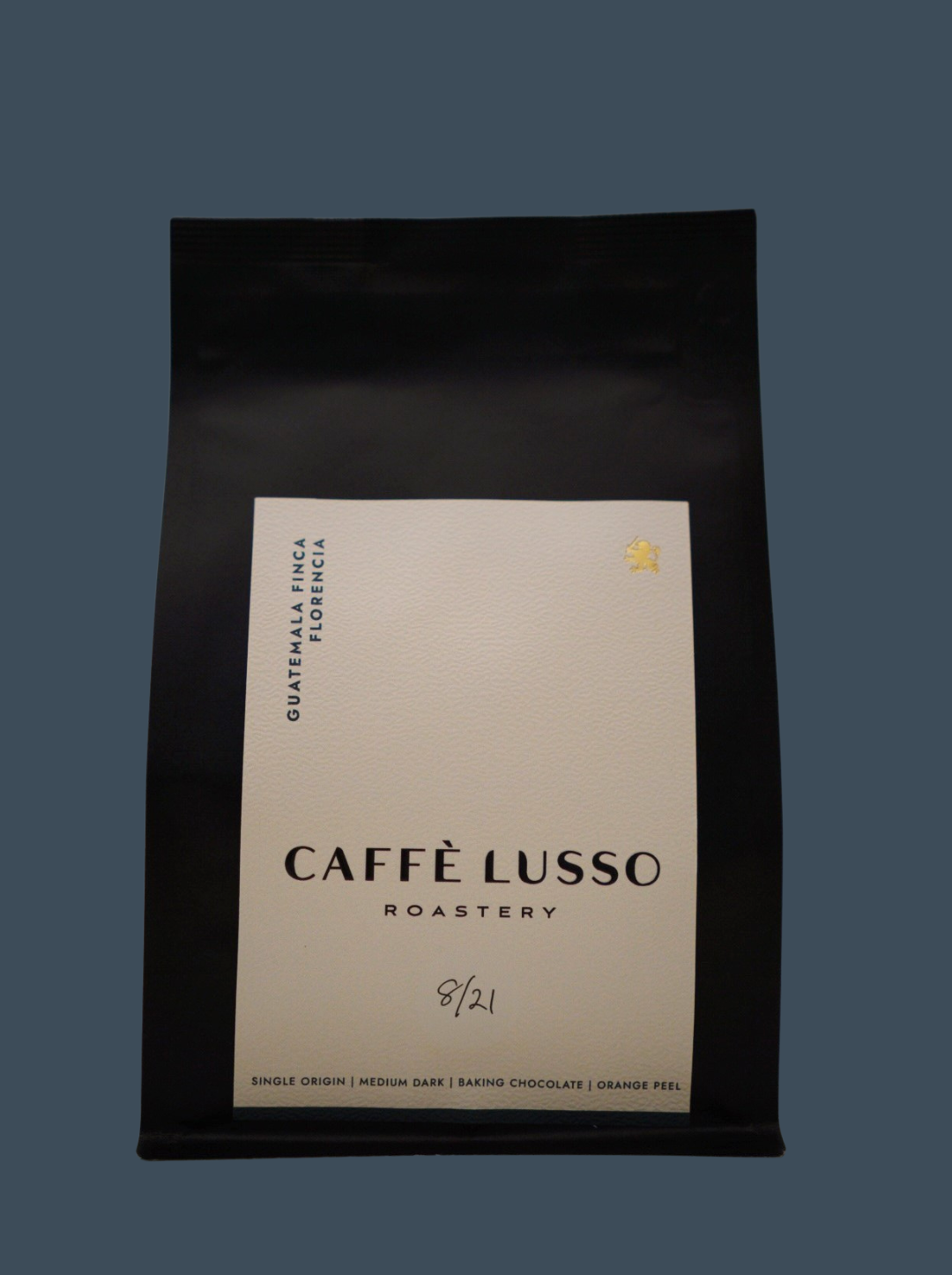Free Shipping on Orders $35 and up
Free Shipping on Orders $35 and up
Add description, images, menus and links to your mega menu
A column with no settings can be used as a spacer
Link to your collections, sales and even external links
Add up to five columns
Add description, images, menus and links to your mega menu
A column with no settings can be used as a spacer
Link to your collections, sales and even external links
Add up to five columns

Grind Size
This is one of the most important and often overlooked aspects in brewing coffee. Not only does each brewing method have a specific grind size associated with it, but it is also important to use a high-quality burr grinder to achieve a consistent grind size for uniform extraction.
Most grinders feature a number system to indicate grind size. However, these numbers are not standardized between manufacturers or even consistent from grinder to grinder due to wear over time. Therefore, visually understanding what grind size works best for your set up is the best way to ensure a consistent result. One thing to keep in mind is that the longer water is in contact with the coffee grounds the more coarse the grind should be.
Our website uses a number scale of 1-12 from fine to coarse. This feature gives you the opportunity to narrow in on your preferred grind size. Let’s quickly go over what each number means.
#1 is the finest grind size and is used mostly for Turkish coffee. #s 2, 3, and 4 are ground for espresso, with #2 being used for commercial or high-end home machines which brew at a higher pressure. #s 3 and 4 are for espresso machines that brew using lower pressure. #5 is great for Stovetop Espresso like a Moka Pot. #6 is intended for AeroPress. #s 7 and 8 are for conical drip and flat bottom drip respectively. #9 is recommended for Chemex and #10 for French press. #11 is ideal for percolator. And finally, #12, which is the most coarse, is ground for cold brew.
Uniformity in grind size helps create the optimal surface area for extraction in each specific brewing method. Grounds that are too large will be under-extracted and grounds that are too small will be over-extracted. Both will result in a poor tasting cup. If you are grinding at home, you may want to consider investing in a high-quality burr grinder over a blade grinder. A burr grinder helps keep the coffee particles consistent in size, while a blade grinder can have a huge variance in particle size leading to the problem of over- & under-extraction.
One final note; since coffee is so subjective, the grind size that I use for a cone drip may be too fine for your preferences, so it is important to experiment in order to find out what works best for you.
I hope you find this information helpful! Please feel free to contact us if you have any questions.
Subscribe
Sign up to get the latest on sales, new releases and more …




